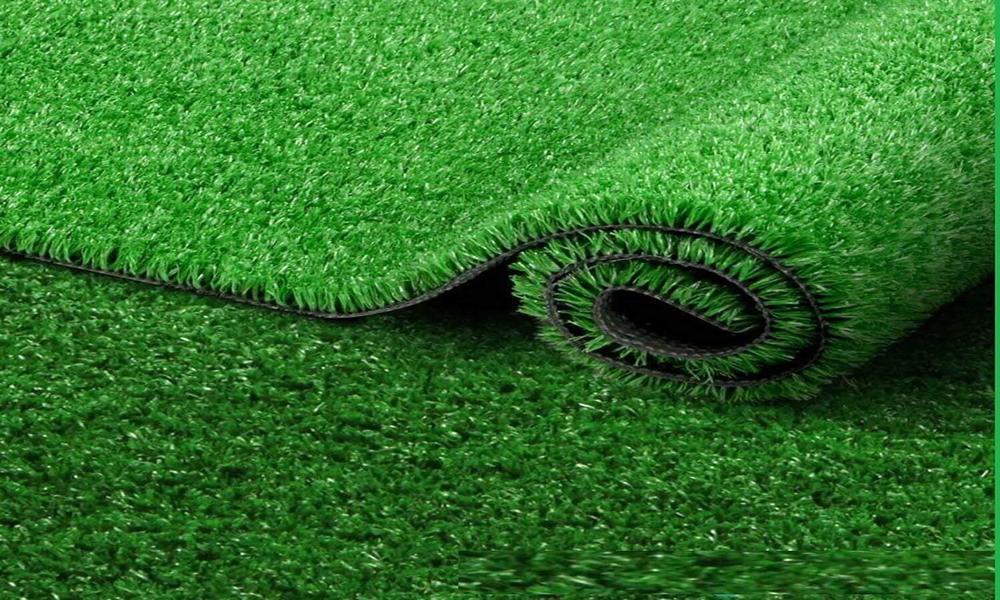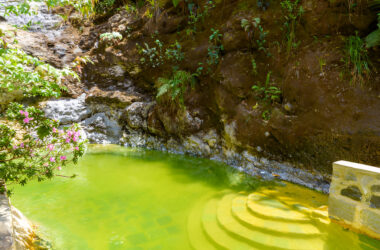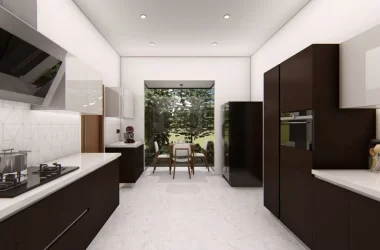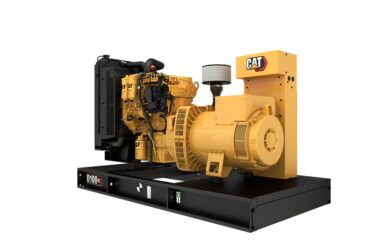There are several types of artificial grass available on the market, each with its unique characteristics and suitability for different applications. When choosing the right artificial grass for your needs, consider the following types:
Nylon Grass:
Nylon is a durable and resilient material, making it suitable for high-traffic areas such as sports fields or playgrounds. Nylon grass has an excellent memory, meaning it can bounce back quickly after being compressed. It provides a natural-looking appearance and is known for its ability to withstand heavy use.
Polyethylene (PE) Grass:
Polyethylene is a popular material used in artificial grass due to its soft texture and realistic appearance. PE grass is softer underfoot compared to other materials, making it ideal for residential lawns, landscaping, and recreational areas. It offers good durability and can withstand moderate foot traffic.
Blade Shape and Length:
Artificial grass comes in various blade shapes and lengths, which can affect its appearance and performance. Common blade shapes include flat, V-shaped, W-shaped, or C-shaped. Blade length can range from short and dense to longer and more luxurious. Consider the desired aesthetic and functionality when selecting the blade shape and length.
Backing Material:
The backing material provides stability and durability to the artificial grass. It is typically made from materials like latex or polyurethane. Ensure that the backing is strong, weather-resistant, and capable of proper drainage to prevent water buildup.
Can artificial grass withstand various weather conditions and climates?
Artificial grass is designed to withstand various weather conditions and climates, but its performance can depend on several factors. Here’s an overview of how artificial grass generally performs in different weather conditions:
Sunlight and Heat: Artificial grass is engineered to be UV resistant, which means it can withstand prolonged exposure to sunlight without fading or deteriorating. However, in extremely hot climates, the surface temperature of artificial grass can become elevated. This can make the grass feel warmer to the touch compared to natural grass. Choosing lighter-colored artificial grass or opting for products with built-in heat reduction technologies can help mitigate this effect.
Rain and Moisture: Artificial grass is designed with built-in drainage systems that allow water to pass through easily. This helps prevent water accumulation and allows for quick drying after rain. The backing material of artificial grass is typically permeable, allowing water to drain into the underlying soil. Proper installation and a well-designed base are essential for effective drainage and preventing water from pooling on the surface.
Freezing Temperatures: Artificial grass is generally resistant to freezing temperatures. It can withstand cold climates without significant damage. However, in areas prone to frost or ice, caution should be exercised when walking on the grass to avoid slipping. It’s important to note that artificial grass does not melt ice or snow, so these should be cleared manually or with appropriate de-icing methods.
Maintenance: Regular maintenance is necessary to keep artificial grass in optimal condition regardless of the weather. This includes brushing the fibers to maintain an upright position, removing debris, and occasionally rinsing or washing the surface to keep it clean and fresh. Proper maintenance helps preserve the longevity and performance of artificial grass in any climate.
It’s important to consider the specific characteristics and recommendations of the artificial grass product you choose, as different manufacturers may have specific guidelines for weather conditions and climates. Consulting with a professional installer or supplier can provide valuable insights and recommendations based on your specific location and climate.







